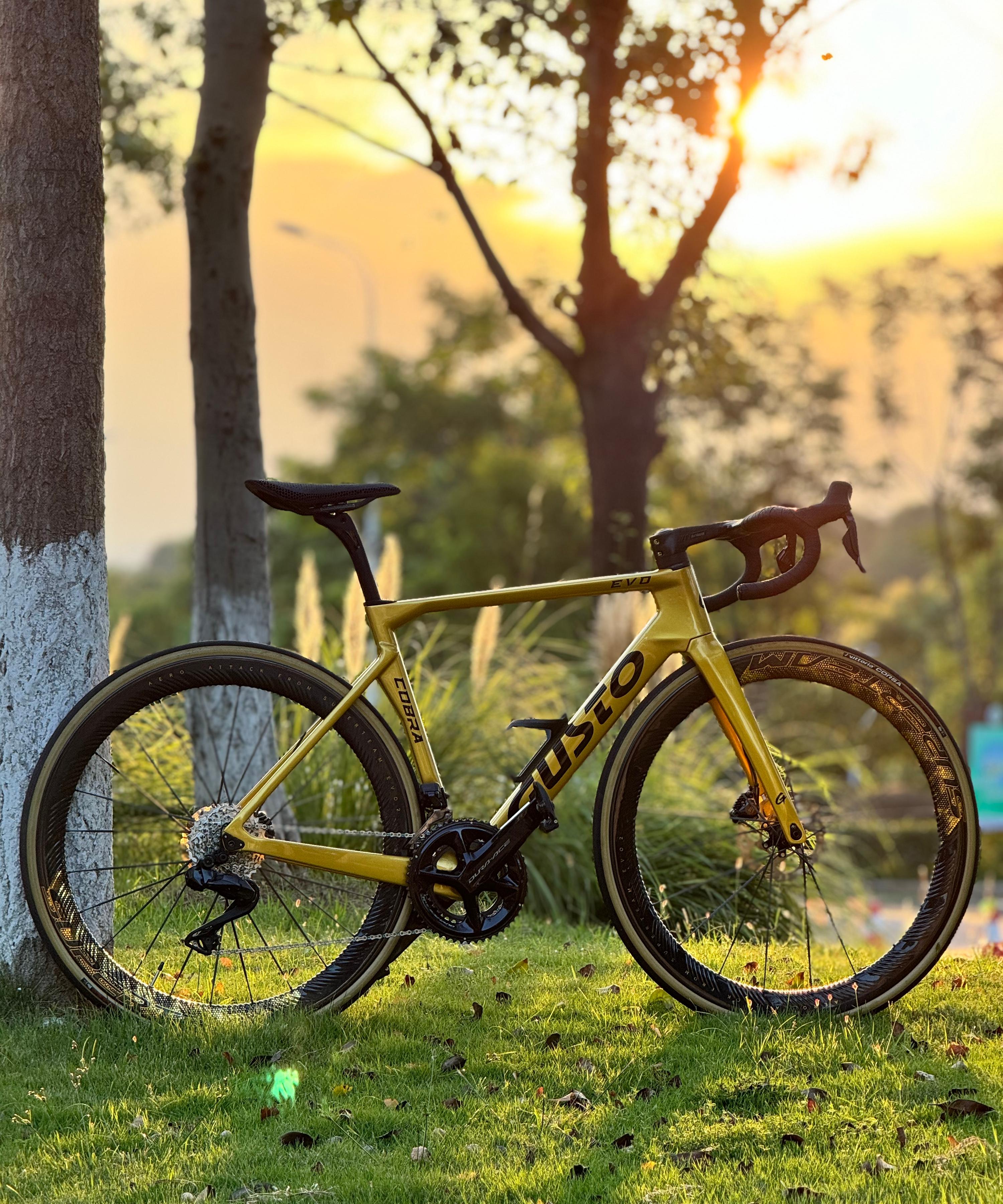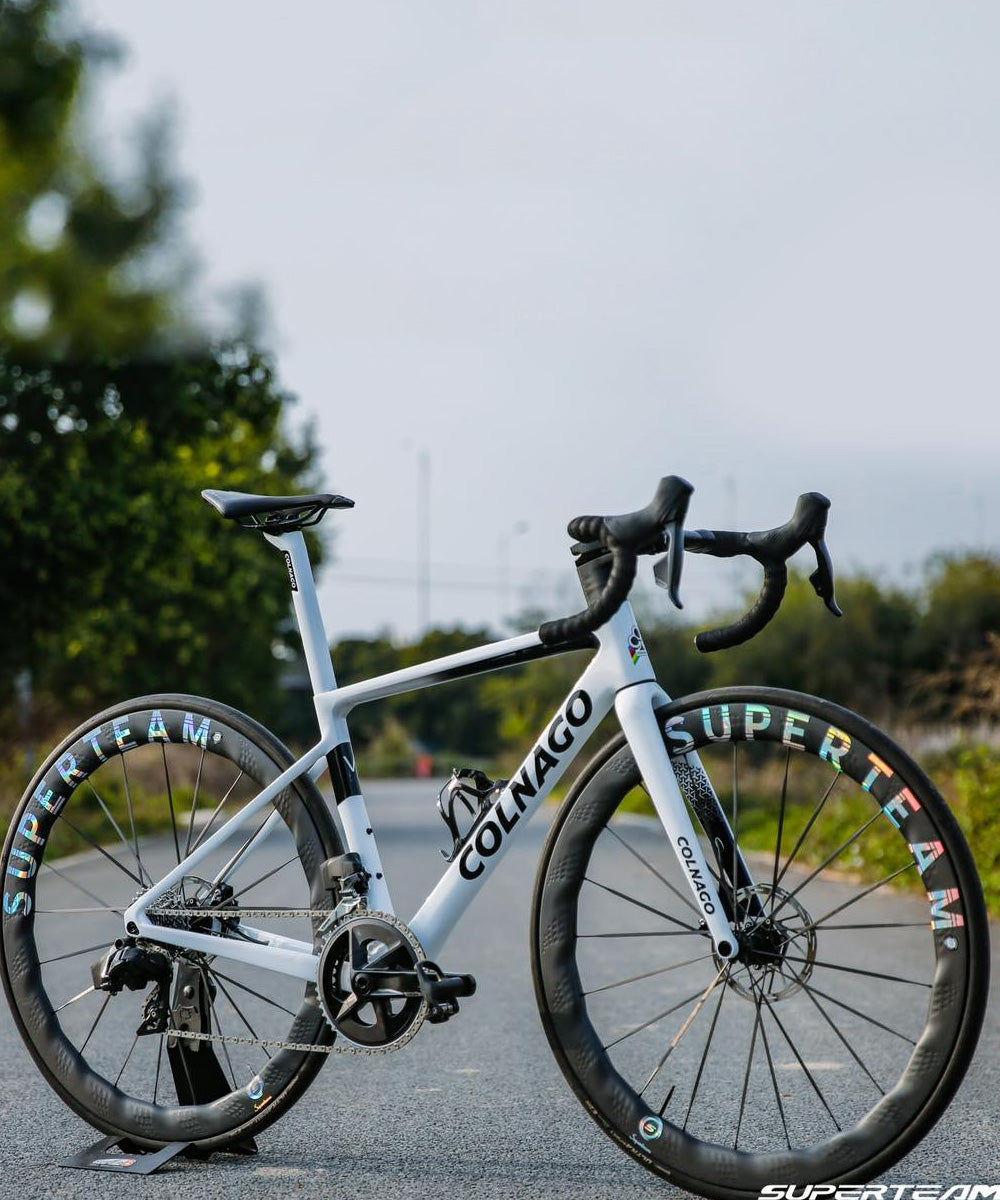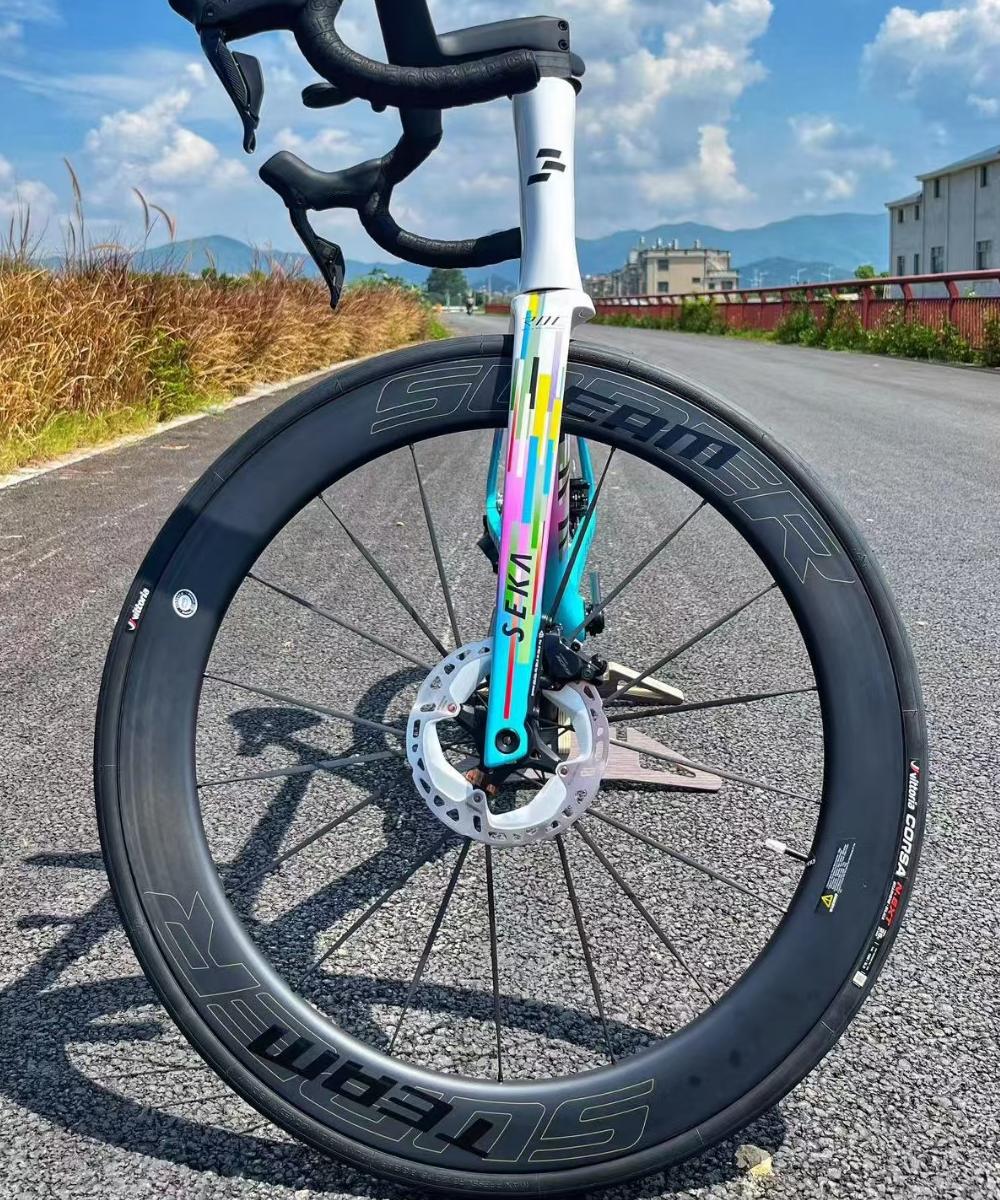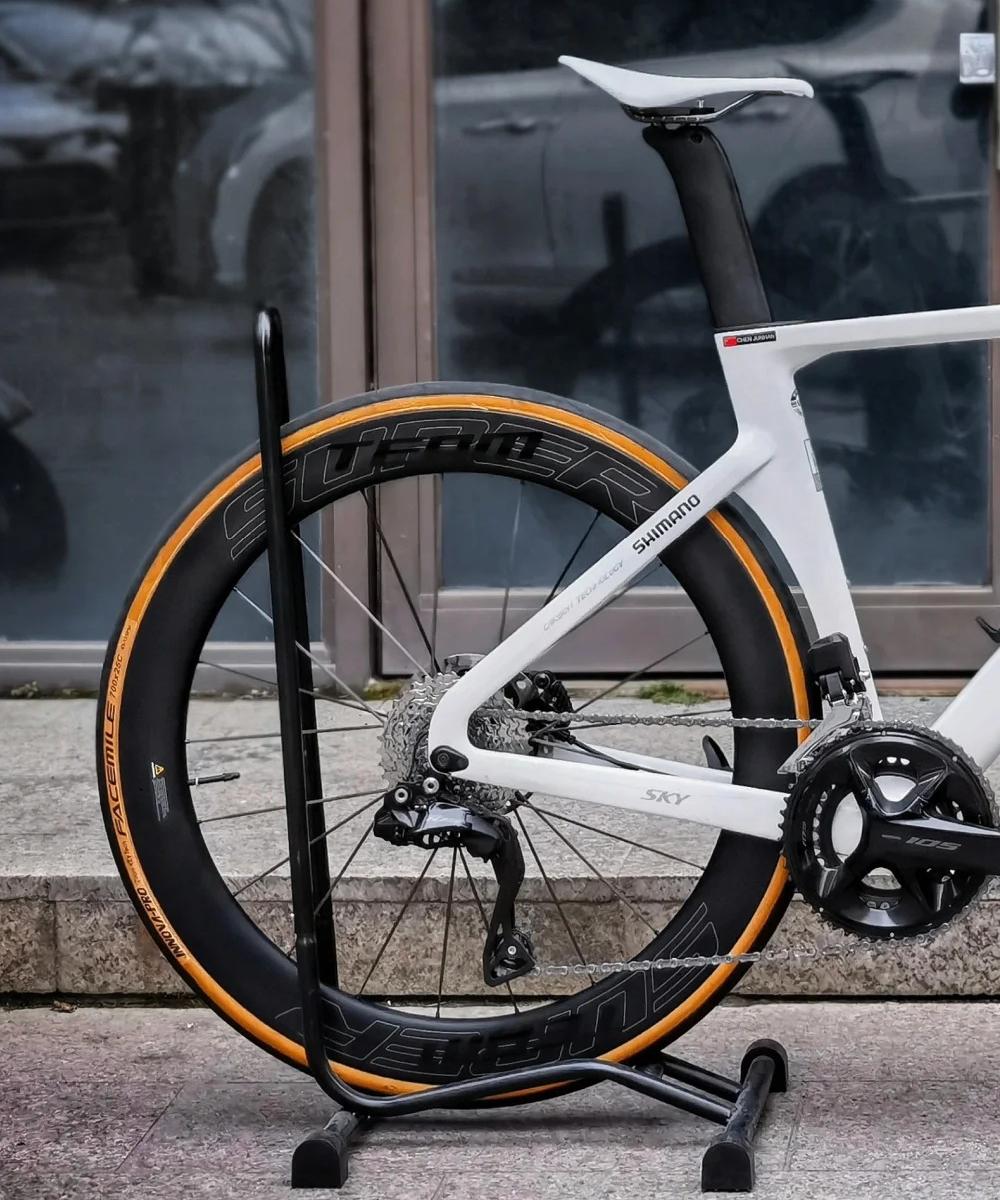Endurance Ride Setup: Balancing Weight, Comfort, and Control
Long-distance rides demand more than just fitness—they test your ability to stay efficient, comfortable, and confident over hours in the saddle. Whether it’s a century ride, a gran fondo, or a full-day adventure on mixed terrain, your bike setup can make or break the experience. Striking the right balance between weight, comfort, and control ensures that you maintain speed without sacrificing your body’s resilience.
Lightweight components are often a top priority for endurance riders, but shedding grams isn’t everything. While lighter wheels and frames improve climbing efficiency and acceleration, ultra-light setups can sometimes compromise stability or ride quality. For all-day comfort, it’s often wiser to aim for a balanced build—light enough to stay efficient, but solid enough to provide consistent handling across varying surfaces and conditions.
Comfort is arguably the most underrated performance factor in endurance cycling. Over hours of pedaling, small vibrations and road buzz can accumulate into fatigue and muscle strain. To combat this, riders often choose wider tires (28–32mm) run at lower pressures, paired with wider rims that support better tire shape and grip. Tubeless setups have become the standard for endurance rides, offering reduced rolling resistance and better puncture protection. The result is a smoother, more compliant ride that preserves energy over long distances.
Your wheel choice also plays a major role in comfort and control. Mid-depth carbon rims (35–45mm) are ideal for endurance setups—they offer aerodynamic benefits on flatter sections without being overly harsh or twitchy in crosswinds. Shallower rims (around 30mm) may be preferred for hilly endurance routes, providing a lighter feel and easier handling at lower speeds. Stiffness is important for efficiency, but too much can lead to a harsh ride, so look for wheels that balance responsiveness with a touch of compliance.
Cockpit and contact points deserve just as much attention as your wheels. A carbon seatpost or a well-padded saddle can significantly reduce road vibrations. Handlebar tape with extra cushioning, combined with an ergonomic bar shape, helps absorb shocks from rough pavement. These small adjustments collectively enhance endurance by reducing muscle tension and improving blood circulation in the hands and lower back.
When it comes to control, disc brakes are now the default choice for endurance bikes. Their consistent modulation and braking power provide confidence during long descents or sudden stops, regardless of weather. Paired with modern thru-axle frames, they add stiffness and stability to the entire setup, making the bike feel planted even after hours of riding.
Finally, consider your gear ratios and drivetrain setup. Compact or sub-compact cranksets (like 48/32 or 46/30) combined with wide-range cassettes (11–34 or 11–36) give you the flexibility to spin comfortably on steep climbs late into a ride. Efficient gearing reduces fatigue, allowing you to maintain cadence and conserve strength over long durations.
In the end, the perfect endurance setup isn’t about extremes—it’s about equilibrium. A well-chosen combination of lightweight efficiency, vibration-damping comfort, and stable control lets you ride farther, faster, and finish stronger. The goal is simple: make your bike work with you, not against you, so every mile feels just as good as the first.




